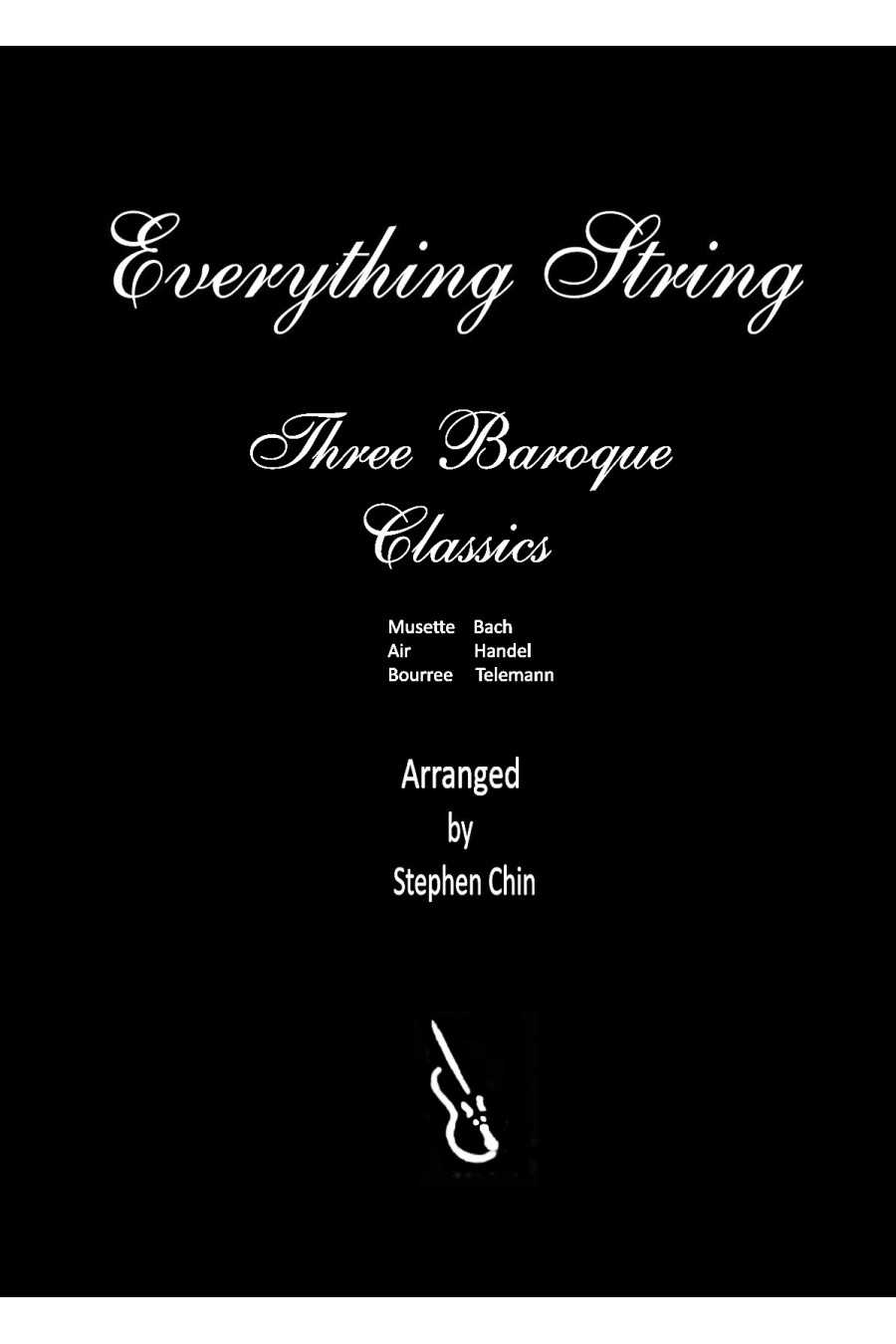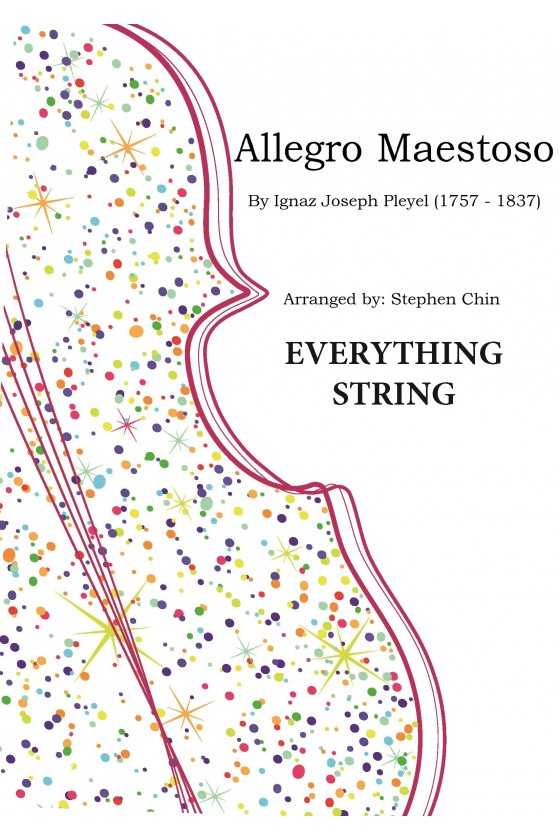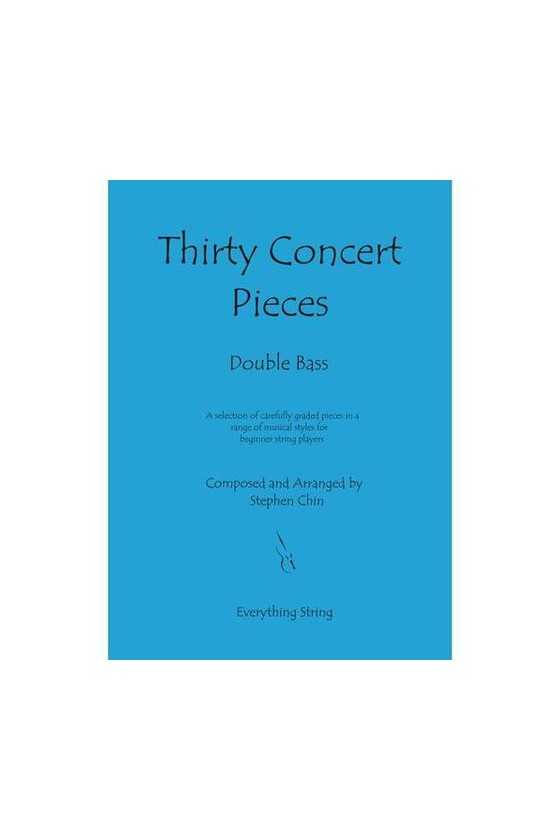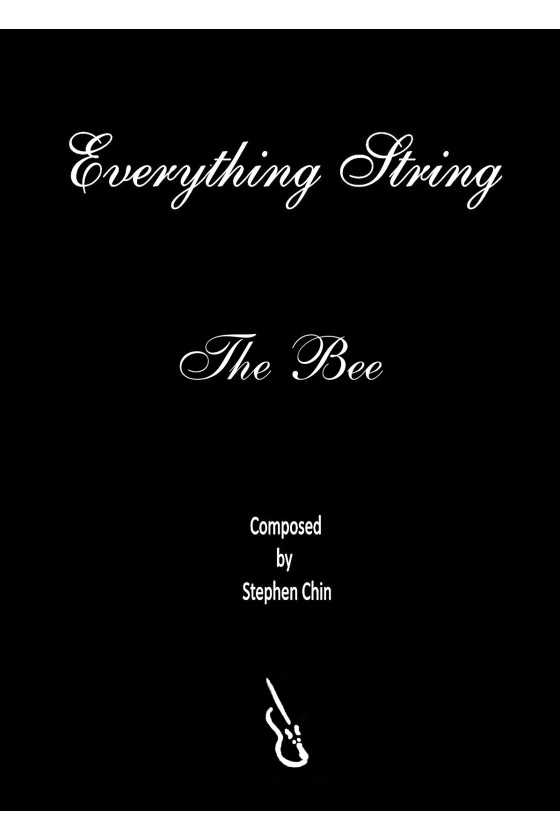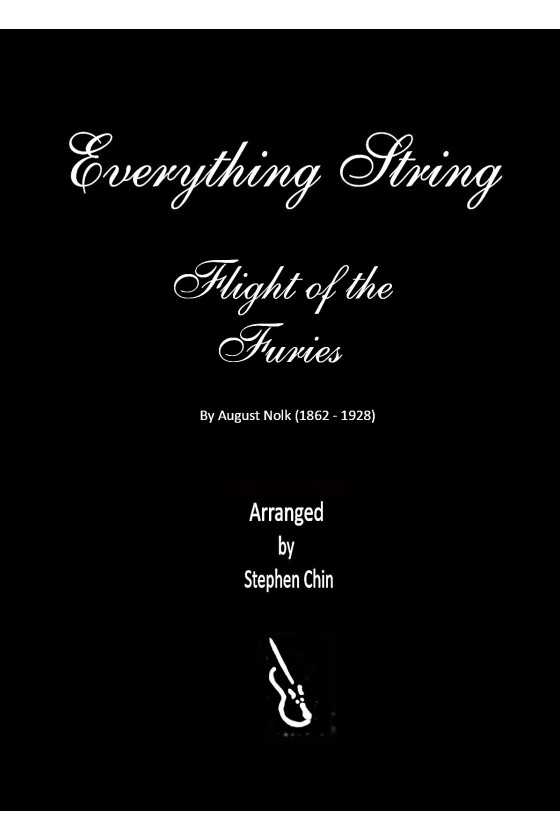Three Baroque Classics By Stephen Chin
The musette is a delightful French bagpipe that acquired immense popularity during the reign of Louis XIV. This charming instrument features a small leather bag attached to a chanter and a drone. Interestingly, the musette is unique in that it plays a constant note G throughout, allowing for beginners to develop their pitch and tone.
One of the most enchanting melodies in the musette repertoire is the "Air", which is a stunning piece taken from Handel's opera "Rinaldo". This beautiful tune will transport you to another world with its sublime harmonies and evocative melodies.
Finally, the set concludes with a very jolly bourree by Georg Philipp Telemann, a prolific composer of the Baroque era. This playful and lively piece is bound to leave you feeling uplifted and energized.
1. Musette
2. Air
3. Bouree
For String Orchestra Grade 2
